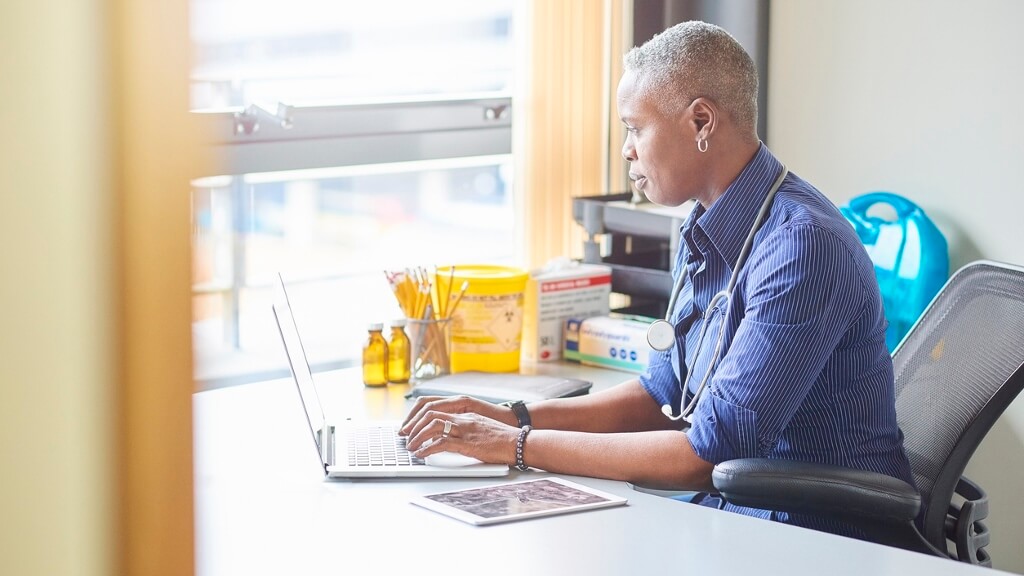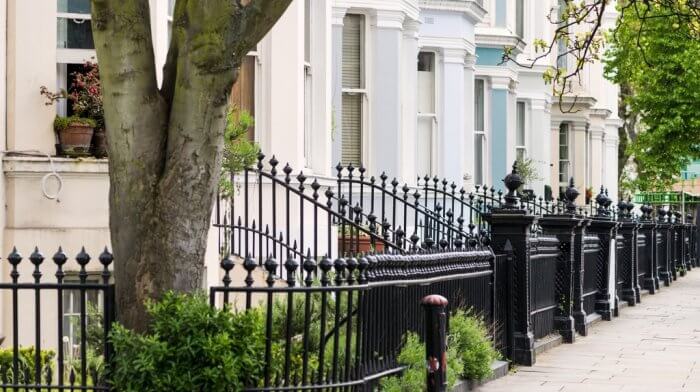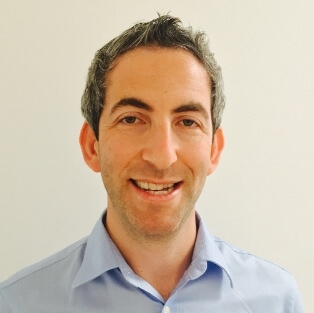Doctor Now: Consumer Behaviour Is Shaping The GP Apps Market
Are apps starting to fill the holes left by shrinking NHS budgets?

While the NHS is stretched on a rack of budgetary cuts, the on-demand, always-on consumer is stealthily carving out new terrains within the healthcare landscape.
Patients, no longer willing to suffer the NHS’s constraints, are turning to private sector treatment, skipping the queues and opting to pay for a range of treatments from orthopaedics to general surgery and even cancer treatments.
Private hospitals have been reporting a 15 to 25% year-on-year rise in non-insured, self-paying patients dipping into their savings for procedures.
A British sensitivity around its universal healthcare system has driven an uneasiness in speaking of advances in private, GP-related technology. But when we get past these sensitivities, there is a real conversation to be had around the vertiginous leaps being made in private healthcare.
Meanwhile, NHS Patient frustrations – at having to wait weeks for an appointment with their general practitioners (GPs) – have long been brewing but are finally at boiling point, driving momentum in the industry’s digital development, especially GP-related apps.
The changing, digitised patient
The demand for immediate consultations, whether to see a doctor in person or on the screen is growing, boosted by long waiting times at surgeries across the UK.
In recent research by The Royal College of General Practitioners (RCGP), more than 25% of the time, 5.6 million patients in 21 Clinical Commissioning Group (CCG) areas had to wait at least a week to see their GP or practice nurse.
“A sizeable portion of video consultations or GP-to-door visits are parents who’d rather pay to have a doctor come to their home than take their child to the A&E”
In some CCG areas, the wait stretches to weeks for a routine appointment. Further frustration comes, once an appointment is secured, in the shape of patients being whisked in and out of the doctor’s clinic within 10 minutes, with stretched GPs limiting the consultation to one health issue alone.
The behavioural attitudes and demographics of private patients seeking house calls are varied, but follow some consistent patterns. With apps and further iterations sprouting across the market, the profile data is yet to acquire critical mass, but trends are emerging in the sort of people opting to use GP apps.
This new generation of consumers is upwardly mobile. Largely university-educated professionals, GP app users enjoy a higher level of income than the national average, often living in wealthier boroughs, such as Highgate or Hampstead in London, or in other big, urban centres.
There is also demand for immediacy in the digital age. Today’s consumers are impatient, time-poor and seek instant gratification.

Users tend to be wealthy and live in cities - such as London's leafy suburbs
This market segment envisions a world where they have access to healthcare the same way they order a car or have food delivered with a few taps or swipes on their smartphones. The value placed on convenience is significantly higher than saving money and technology and former luxuries, such as a doctor coming to the door, are more accessible.
Parents are further stoking the fire. A sizeable portion of patients opting for video consultations or GP-to-door visits are parents or guardians, who’d rather pay to have a doctor come to their home than take their child to the A&E or struggle through their local surgery’s appointment system.
New parents who worry incessantly about their first-born’s health and wellbeing would fit this criteria, but overstretched parents with two or three children and demanding careers are also quick to opt for a paid doctor visit.
Fighting for spoils
With new players appearing in the market, the pricing structures have become more affordable and varied. For patients that simply want a video consultation, there are apps such as Babylon, Doctor Care Anywhere, PushDoctor, and NowGP.
If patients want to go a step further, instead preferring a face-to-face consultation, they can opt for GP-to-door apps, ZoomDoc or GPDQ. Doctaly offers a slightly different proposition: instead of a doctor calling or conducting home visits, patients can go to CQC-approved premises to be seen by a GP.
Depending on the app, doctors can also issue referrals, private letters, sick notes, medicines and prescriptions.
Pricing varies and consumers are spoiled for choice. Babylon offers unlimited video GP consultations for £5 a month or a 12-month subscription for £50. Its nearest competitor, DoctorCare Anywhere costs £12 per month but with two free international appointments thrown in if you’re sick while on holiday.
Appointment fees at GP-to-door app GPDQ currently start at £120 for a 25-minute consultation. If the consultation runs over 25 minutes, the app charges at a pro rata rate every 10 minutes.
Similarly, ZoomDoc, a challenger app in the GP-to-door market, offers varied pricing with £99 for a doctor’s visit during the day and pricing varying during later hours.
The disgruntled GP
While waiting times for patients may seem infuriating, frustrations also exist for GPs. Constrained by the increasing pressures of a growing caseload and a rise in more complex, chronic conditions, GPs are more swamped than ever.
With the mounting pressure on GPs, we’re seeing more doctors exiting the market, opting instead for ‘portfolio’ careers. Fewer numbers are choosing to partner at a surgery or do full-time clinical work.

Some doctors are opting for greater flexibility and shorter hours
We’re seeing locum GPs or part-time workers now choosing their hours and the distances they’re willing to travel, many of whom just want to be home to spend time with their children or pick and drop them from school.
This wave of new technology is giving GPs the chance to revisit why they chose to be doctors and is in turn helping them offer their patients meaningful time and empathy. So, GP apps are offering consumers experienced doctors that were driven out by their desperate need for flexible hours, such as new mums and single parents.
Industry challenges and future opportunities
With the case of apps like Uber, given the recent tussle with Transport for London over passenger safety, regulation and security questions continue to arise in these uncharted waters. Apps using rating systems to rate doctors following the visit are presenting a dilemma, for example.
What if a doctor denies a patient an antibiotics prescription based on medical opinion and the angry patient gives the doctor a poor review? Having refusing the antibiotics on medical grounds, doctors can get a negative rating affecting their business.
And while telemedicine has been making rapid inroads, there’s a question hanging over whether video consultations can ever replace face-to-face conversations with a GP.
If a GP on a video call looks at an obscure lump and recommends you go to a physical surgery or to the A&E, or example, isn’t that an inefficiency akin to much-criticised NHS 111 calls?
Despite barriers, approximately four million people in the UK opting for private medical insurance, it’s no surprise the same market is realising the value of a paid GP consultation to speed up their recovery times.
The growth opportunities remain endless as health apps continue to fill in the crevices that appear in the first line of defence in the NHS and GP apps are well on their way to become serious contenders.
Dr Kenny Livingstone is founder and CEO of ZoomDoc.
Thanks for signing up to Minutehack alerts.
Brilliant editorials heading your way soon.
Okay, Thanks!


